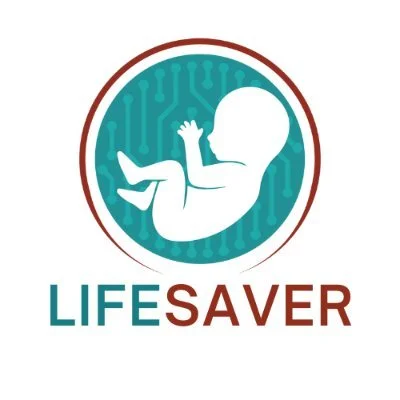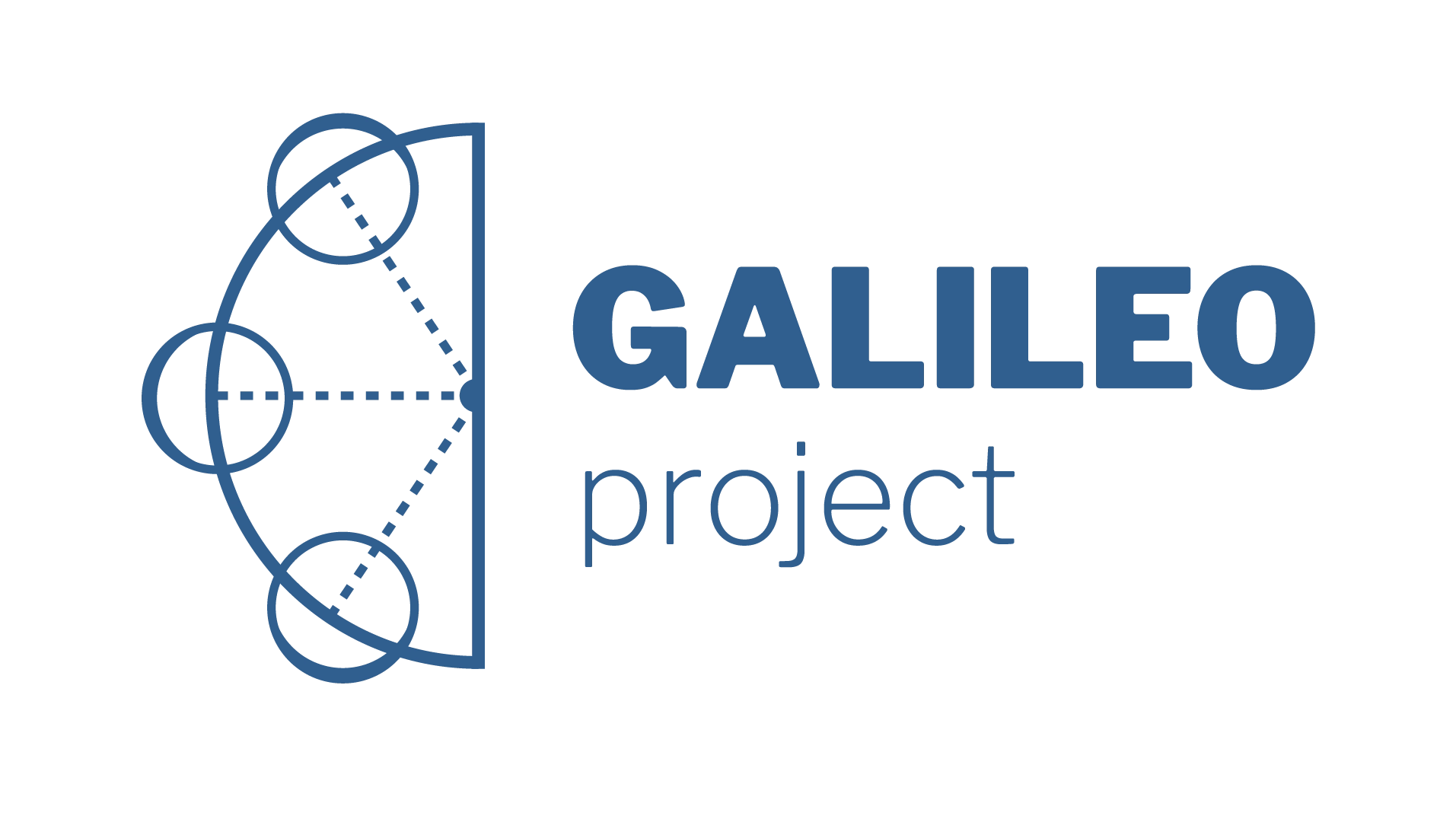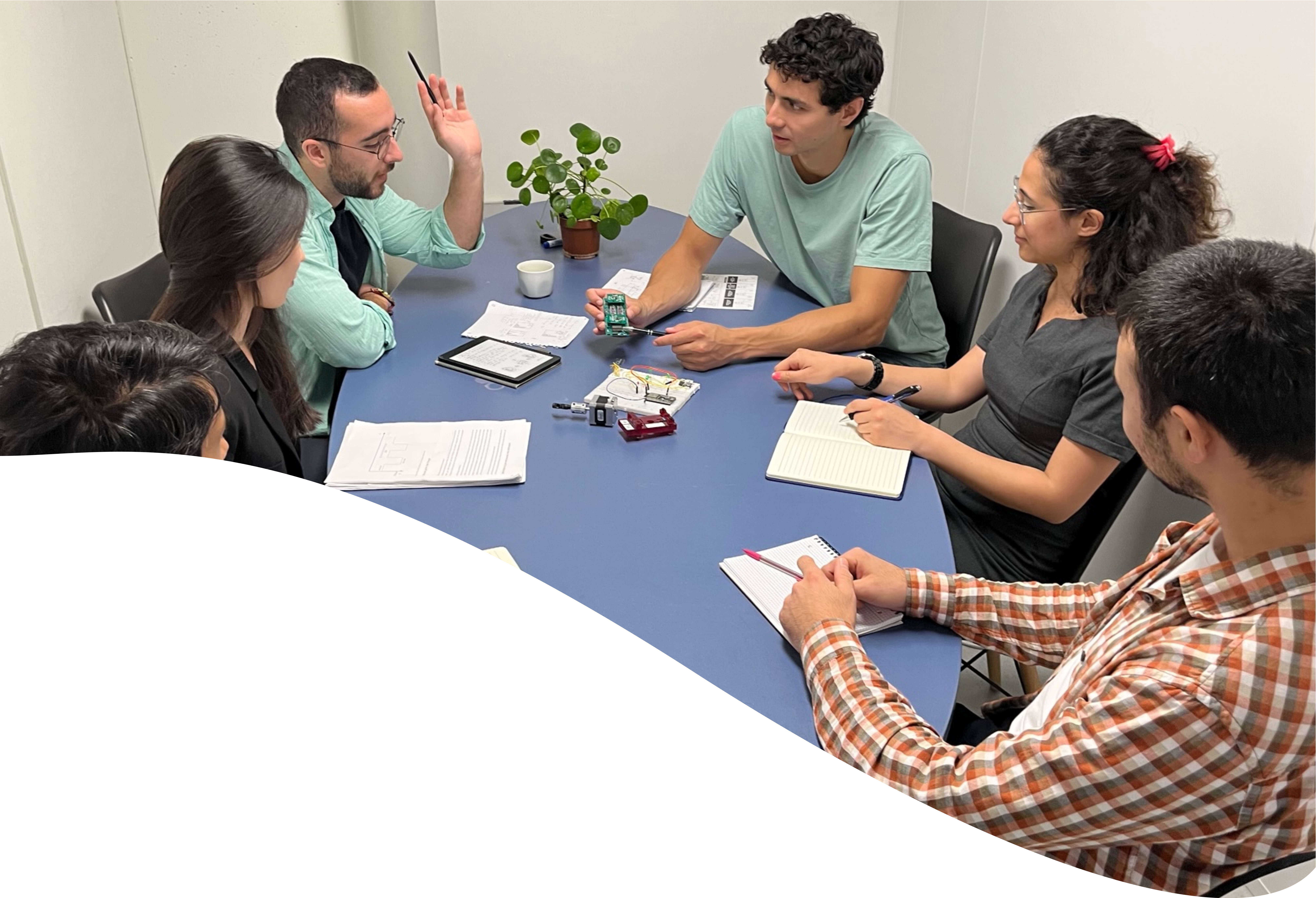Automated Recirculation Perfusion System
Easy Recirculation
Continuous, unidirectional flow over samples
Automatic Recirculation
No need to switch between reservoirs
Incubator-independent
The cell culture pump replaces the need for a CO2 incubator
Fail-safe mechanism
No more losing your experiment due to clogging
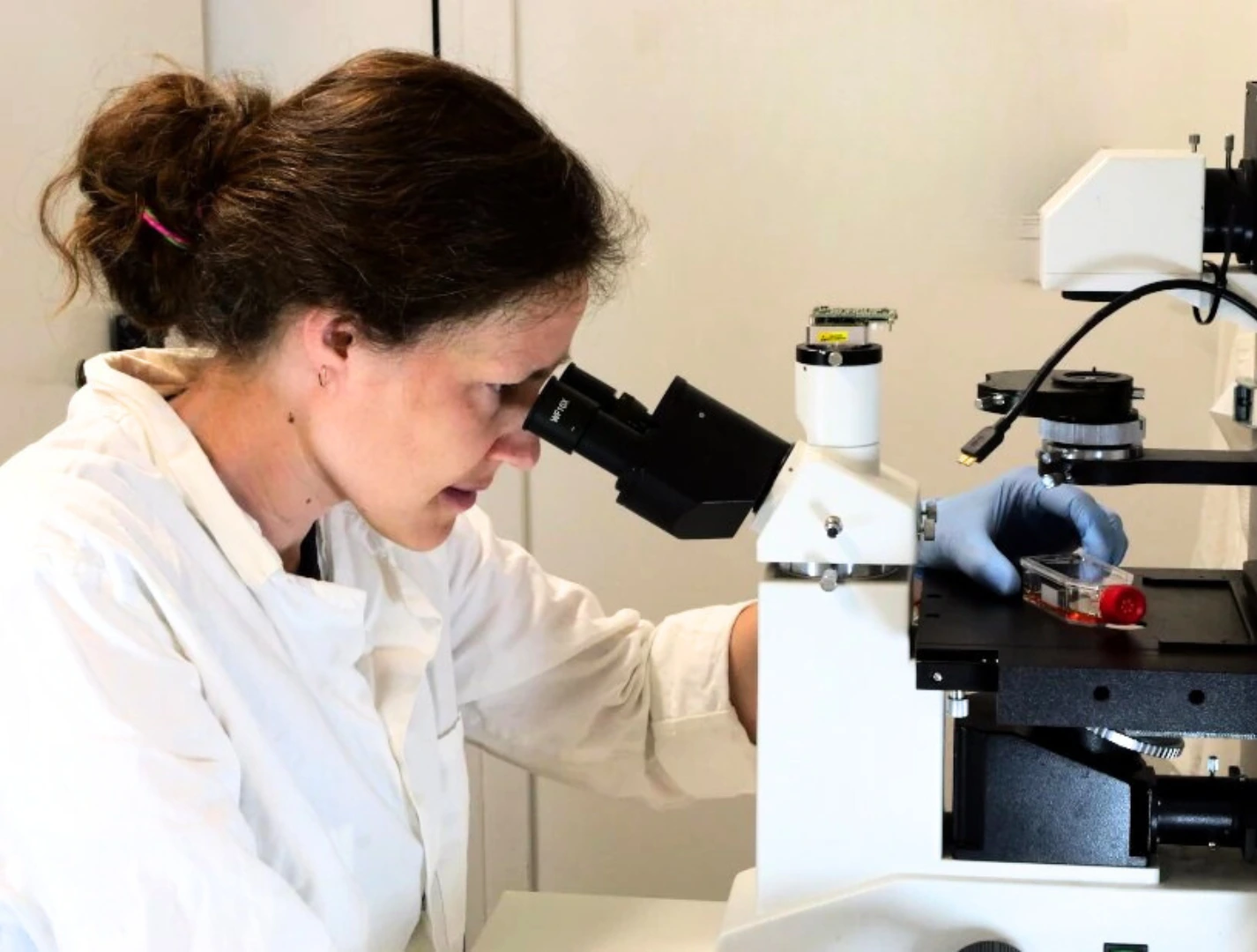
Need a microfluidic SME partner for your Horizon Europe project?
Automated recirculation perfusion system
Our automated recirculation perfusion system is designed to maintain a stable and controlled environment for long-term cell culture. The continuous recirculation allows for real-time monitoring and provides more accurate data on the experimental conditions. Moreover, the recirculation perfusion system reduces the needed reagents compared to single-pass systems, giving you even more control over your experiments.
Moreover, it ensures continuous nutrient supply at constant O2 and CO2 levels without the need for a CO2 incubator. This precision also provides a more physiologically relevant cell microenvironment by sustaining a continuous unidirectional flow through a microfluidic chip laden with cells.
From reservoir 1 to reservoir 2:

From reservoir 2 to reservoir 1:

Automated recirculation perfusion system applications
The automated recirculation perfusion system setup includes:
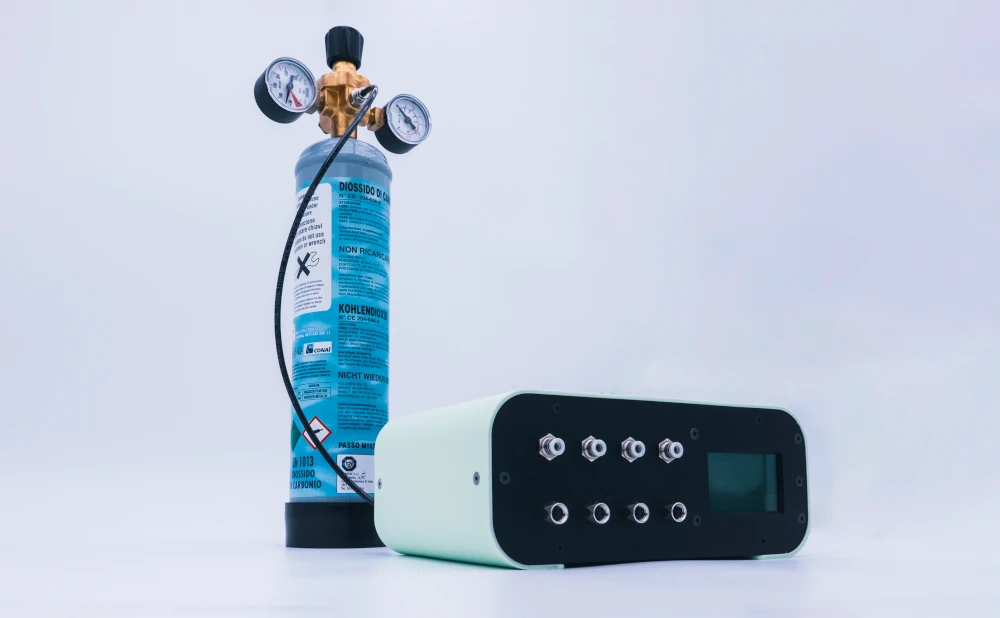
Cell Culture Pump with Gas Control
Keep the pH and oxygen of your media constant outside the incubator
✓ Gas control for incubator-free setup
✓ Stable long-tem flow
✓ Versatile
Cell culture pump
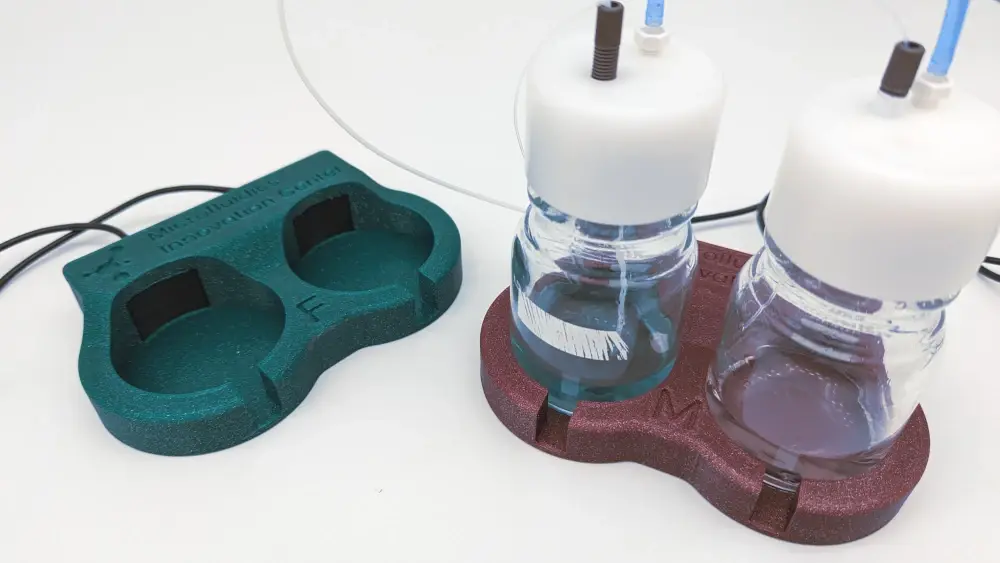
Level Sensors for Microfluidics
Fail-safe instrument for automated recirculation experiments
✓ Easy recirculation
✓ Fail-safe mechanism
✓ Up to 3-week long experiments
✓ Plug-and-play
Level sensors
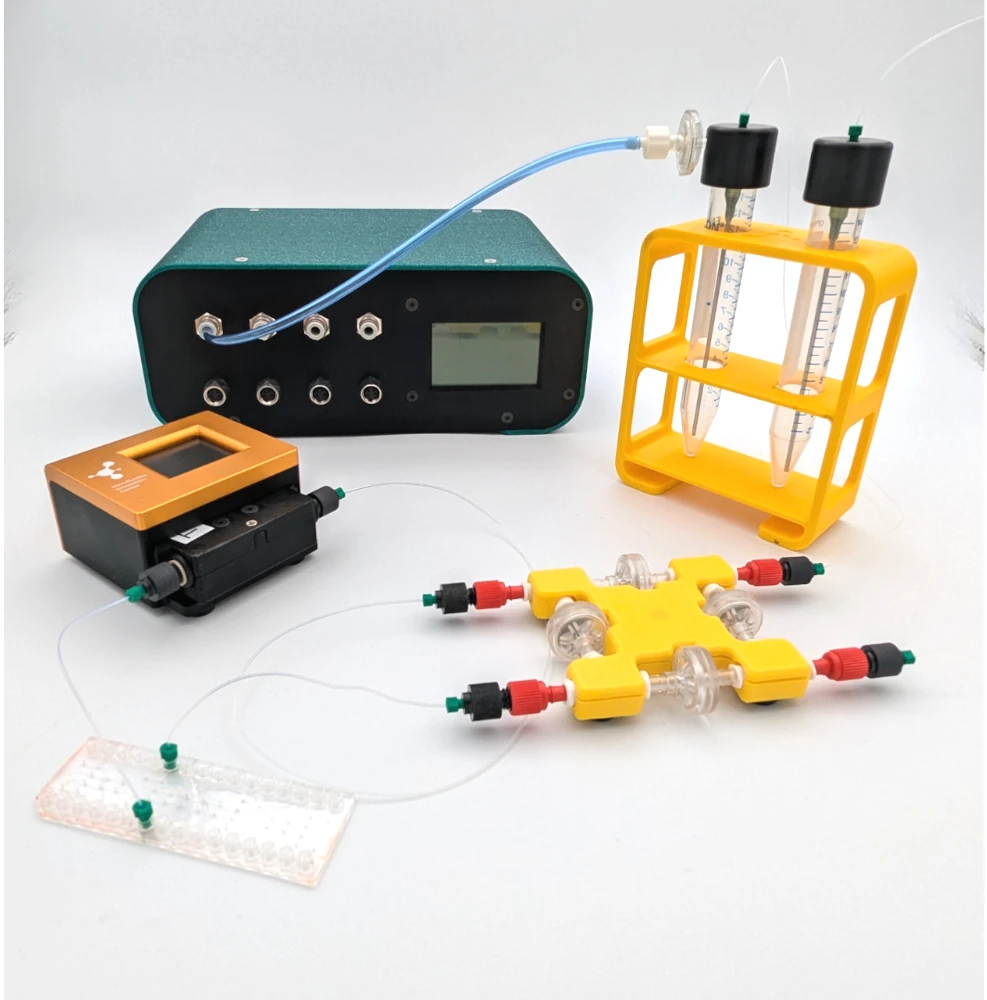
Check Valve System Pack for Recirculation
Flow control for long-term unidirectional microfluidic experiments
✓ Up to 3 weeks long term perfusion
✓ Setup compatible with incubation
✓ Passive valves, no backflow
✓ Easily stackable for parallelization
Check valves (recirculation bridge)
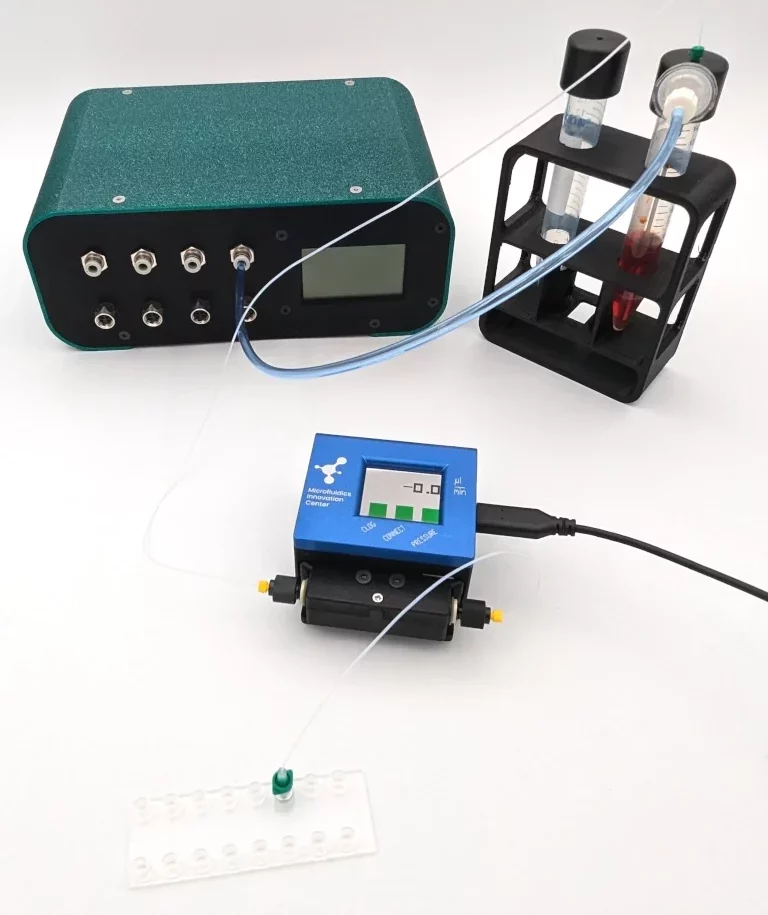
Microfluidic Flow Rate Sensor
Low flow rate microfluidic flow sensor with automatic clogging detection
✓ Low flow rates
✓ Detect clogging inside the sensor
✓ No drift
Microfluidic flow sensor (eg. Galileo)
Several Schott bottles
Tubings and fittings
Microfluidic chip
User guide
Software (Galileo user interface)
And many more!
The automated recirculation perfusion system setup includes:
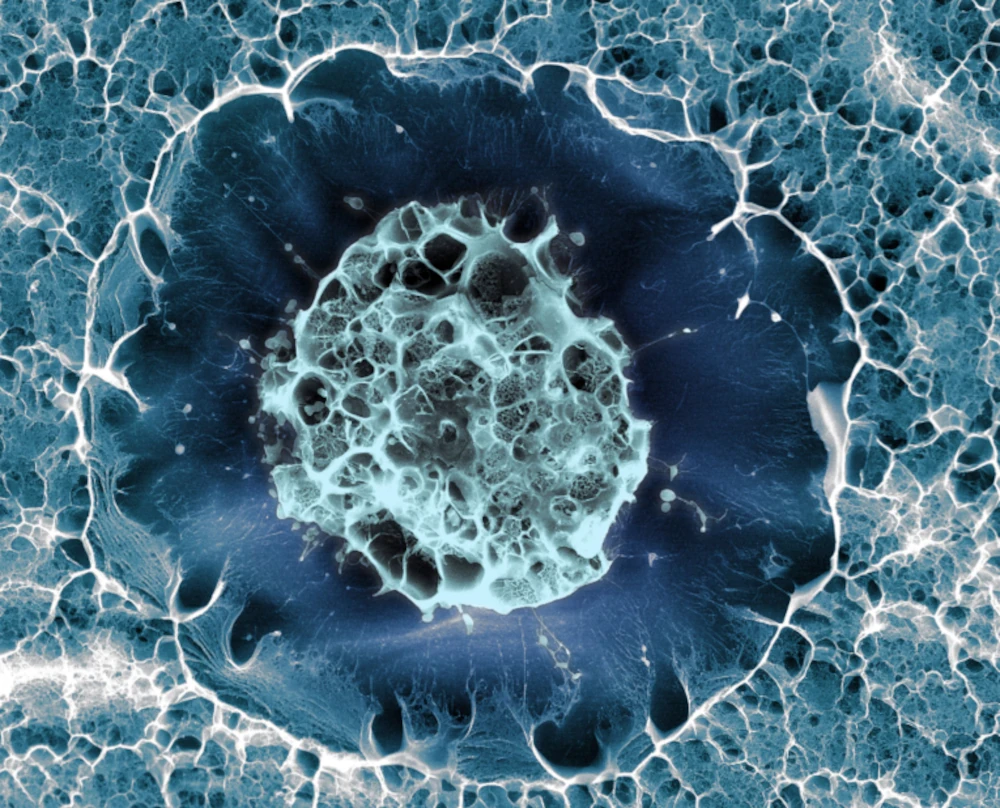
Stem Cell Culture
Automated and fail-safe long-term microfluidic cell culture system.
✓ Highly controlled microenvironment
✓ Fail-safe mechanism
✓ Automated sequences
Stem Cell Culture
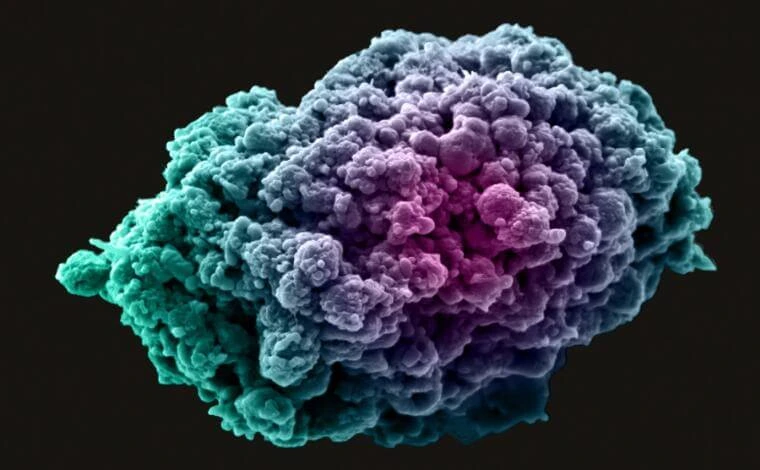
Microfluidic Spheroid Cell Culture
Plug-and-play instrument pack for automated scaffold-free 3d cell culture technique.
✓ Multiple Parallel culture of Spheroids
✓ Automated Spheroid Perfusion
✓ More Physiologically Relevant Model
Microfluidic Spheroid Cell Culture
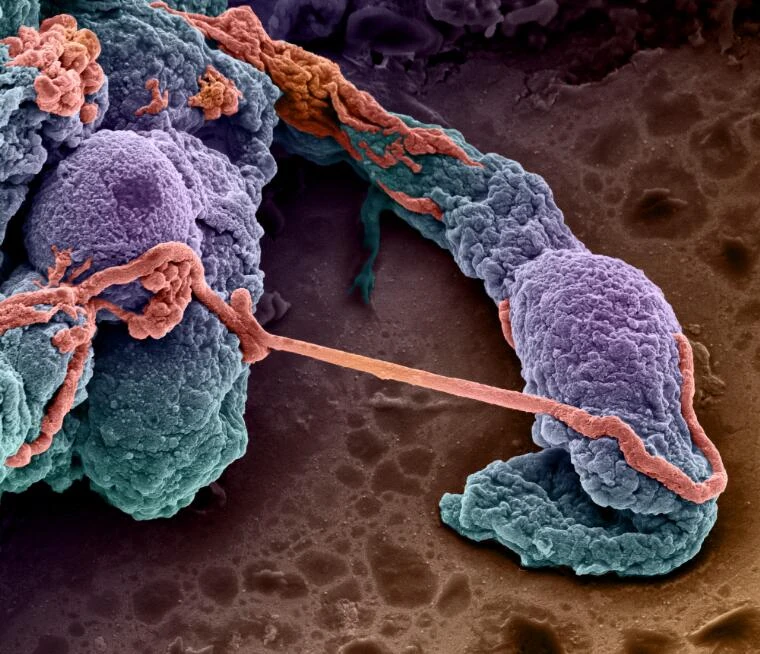
Blood-brain Barrier on Chip
Plug-and-play instrument pack for long term BBB on a chip study
✓ Relevant microenvironment
✓ Automatized organ-on-chip perfusion
✓ Plug-and-play microfluidic platform
Blood-brain Barrier on Chip
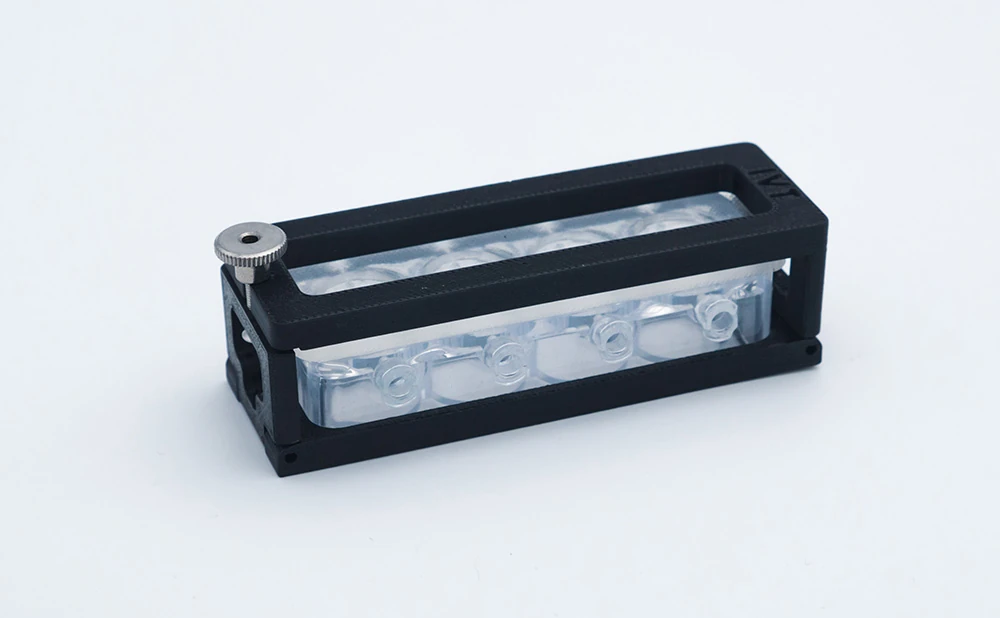
Sheer Stress
Cell culture system for shear-sensitive cell lines
✓ Safe Neuron Culture Under Flow
✓ Highly Controlled Microenvironment
✓ Up to 3-week Long Cell Cultures
Sheer Stress
And many more!
Have a look at this review comparing this unidirectional automated recirculation system to unidirectional recirculation with a peristaltic pump.
Check this review comparing different bidirectional and unidirectional recirculation systems.
Automated recirculation perfusion system
With microfluidics it is possible to flow medium continuously over cells in culture. A microfluidic recirculation perfusion system involves fluid’s continuous and controlled circulation through microchannels.
Recirculation perfusion systems
However, these systems don’t detect changes and thus continue functioning as programmed. If one of the reservoirs empties before expected due to biofouling or clogging, air enters the system, damaging the cells and ruining the experiment.
In addition, a recirculation perfusion system requires the medium to be supplied with CO2 inside the chip. This can be done using a gas-permeable material, a CO2-independent medium for short periods (about 2 hours), or a CO2 incubator.
One pack for an automated recirculation perfusion system
We have combined the cell culture pump, check valves, and level sensors in one pack for automated recirculation perfusion.

The cell culture pump can be used in the setup as a pressure controller that consumes less gas than other pressure-driven controllers. Pressuring the media reservoir with the correct gas mix prevents the gas in the media from diffusing into the atmospheric air.
The constant media flow ensures that the correct composition always reaches the cells, even if the rest of the system is not gas-tight.
The cell culture pump allows recirculation outside of a CO2 incubator. In this case, an additional stage-top incubator might be used to keep the temperature stable for long periods of time, allowing for high-quality live cell imaging experiments.
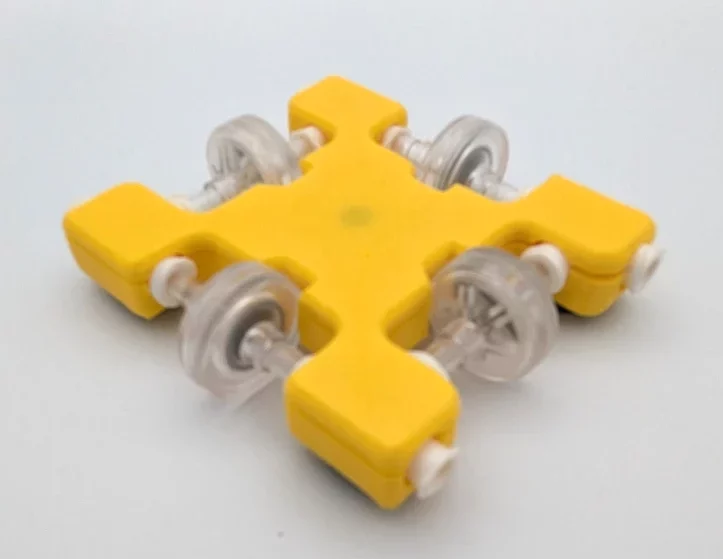
The check valve recirculation bridge keeps the flow unidirectional inside the connected microfluidic chip via four passive check valves that are adjusted to quickly and efficiently transfer fluid between reservoirs.
In the figure below, the small red arrows indicate the direction of flow inside each check valve. Corner number 1 marks the common exit from the bridge.
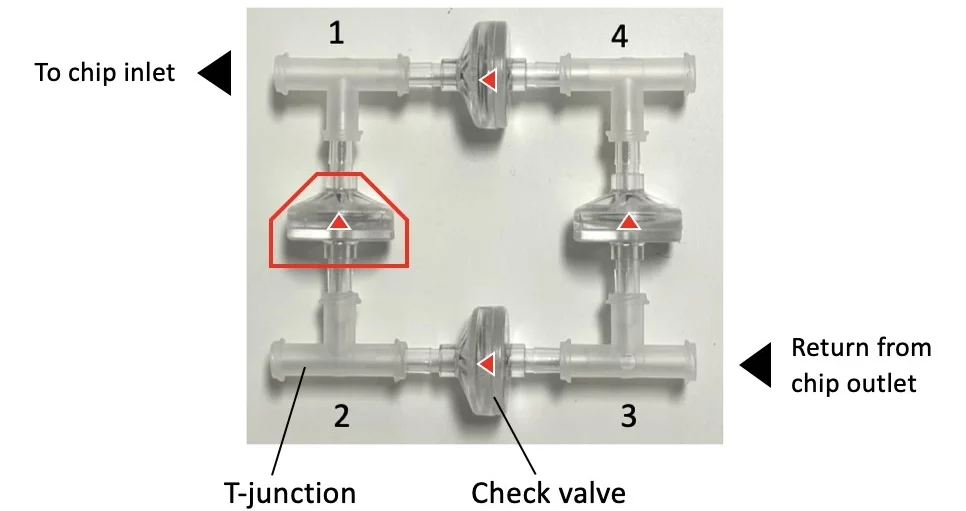
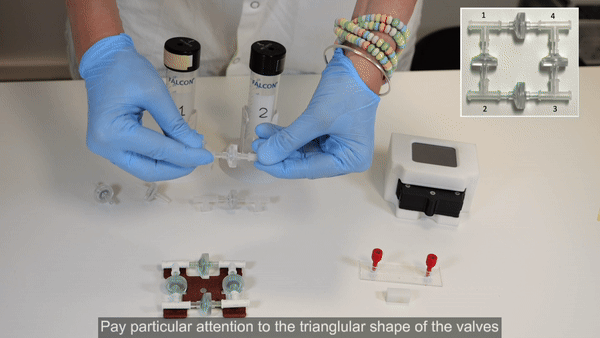
Check this application note for more information on how to assemble the recirculation bridge and set up your experiment.
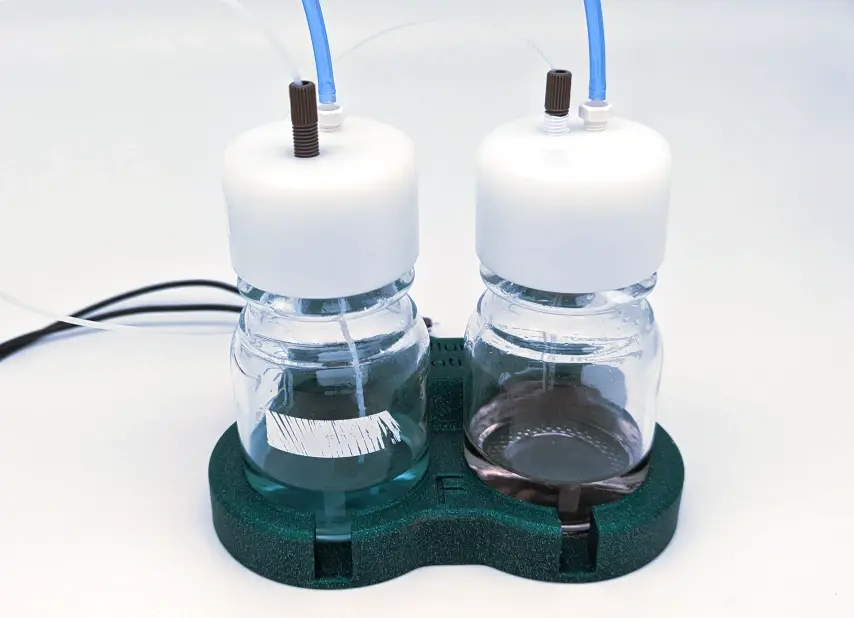
The level sensors automate the perfusion system based on the media volume level inside reservoirs, ensuring continuous perfusion. In addition, the level sensors introduce a fail-safe mechanism that considers the ever-evolving nature of a perfusion system, such as fouling the tubing with dead cell debris, leakage due to clogging, and other blockage-related issues, such as air entry.
For example, in case of leakage due to extensive clogging, the level sensors will stop the flow, preventing air from being pushed into the system and preserving the sample.
A highly-performant flow sensor for clogging detection
Our engineers have developed a new highly-performant flow sensor, Galileo. This sensor offers <5% flow rate accuracy for sensing ranges from 0.5 to 10,000 µL/min.
Galileo allows for bi-directional flow rate measurement and automatic detection of internal clogging, which will be shown on the small screen of the flow sensor. In case of cross-contaminations or clogging, it’s possible to replace the cartridge for an entirely new flow path. The Galileo flow sensor is a key component that ensures the system’s accuracy and reliability.
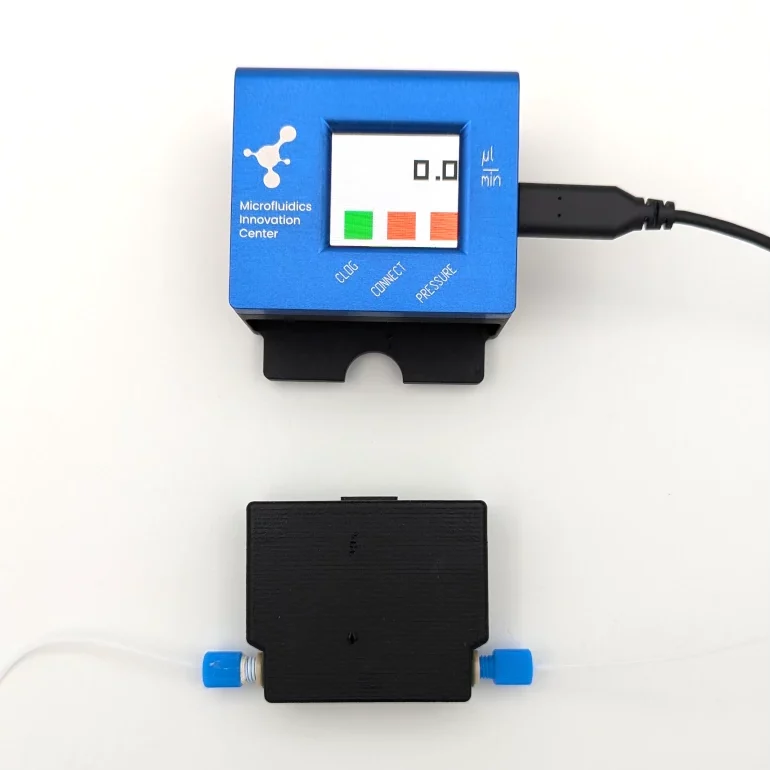
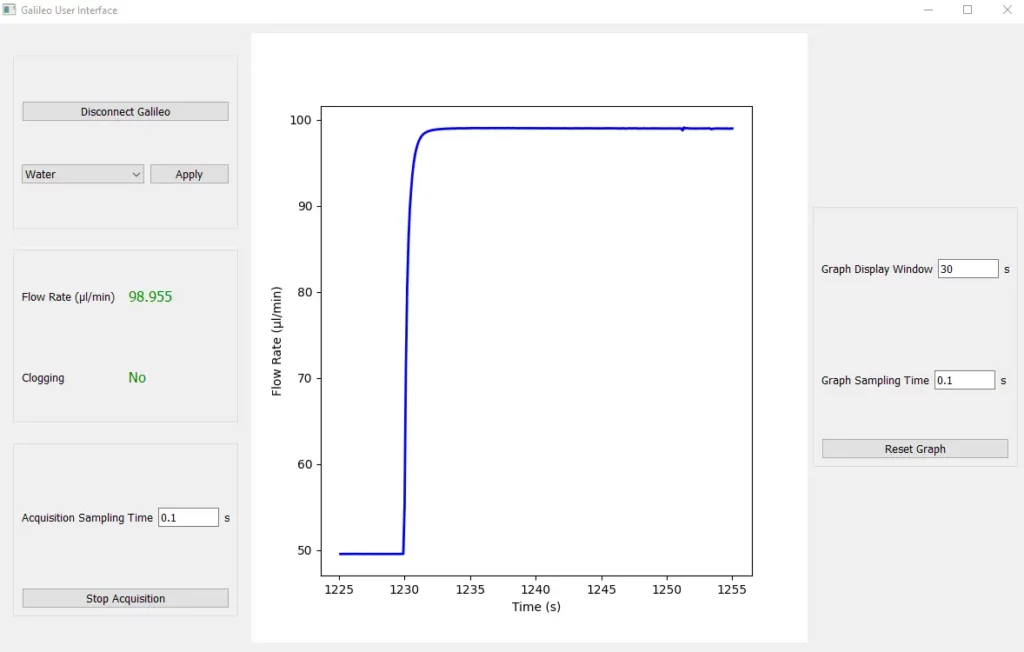
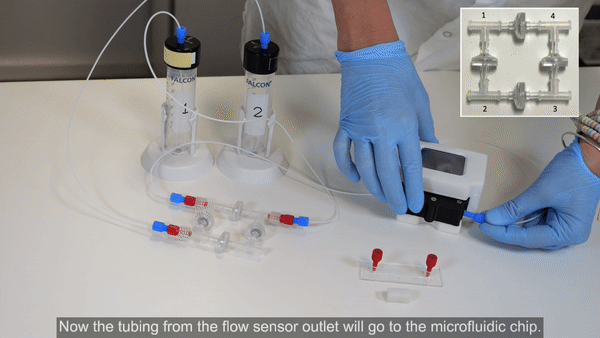
Check the whole video here.
Level sensor technical specifications
The following table summarizes the main specifications of the level sensors:
| Components | Specifications |
|---|---|
| Dimensions (mm) | Sensing area: 2 x 1 cm |
| Material | Plastic |
| Reservoir compatibility | 100 mL Schott bottle |
| Control | Cell culture pump |
Cell culture pump technical specifications
The cell culture pump can come with 1 to 4 channels. Each channel connects to a flow sensor with a feedback loop between pressure and flow rate. Each channel has the following specifications (tested with a set pressure value of 2 bar):
| Characteristics | Specifications |
|---|---|
| Accuracy | -27.75 mbar |
| Air consumption | 0.24 L/min |
| Response time | 140 ms |
| Settling time | 2750 ms |
| Overshoot | 0.12 mbar |
Customize your pack
All the instruments are controlled by the same software, allowing workflow automation and easy integration in your program with free available libraries.
Frequently asked questions
Is the recirculation perfusion system compatible with reservoirs other than bottles?
The current version is compatible with 100 mL bottles, but other options, such as for well-plates, are being developed. Don’t hesitate to contact us if you need a different reservoir type.
Does the cell culture pump keep the gas sterile?
To guarantee the sterility of the used gases, we advise adding a small disposable filter at the gas inlet of the reservoir.
Which microfluidic chips can be connected to the cell culture pump?
The cell culture pump can be connected to any microfluidic chip using the correct connectors.
Can the cell culture pump be placed inside the CO2 incubator?
The cell culture pump is intended to replace the need for a CO2 incubator.
What is the maximum flow rate that can be applied?
The system works well with the range of 0-5ml/min.



